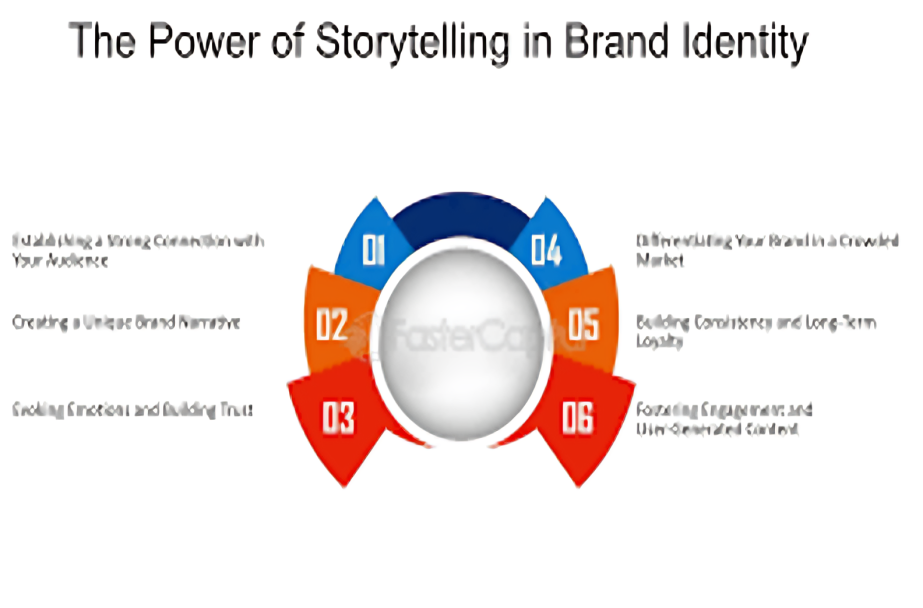In the competitive landscape of modern business, establishing a memorable and consistent brand identity is essential for success. Beyond merely comprising logos and color schemes, a brand encapsulates the entirety of a company’s ethos, values, and customer experience. It is within this context that brand guidelines emerge as invaluable tools. These comprehensive documents serve as the guiding principles for maintaining uniformity and clarity in how a brand is presented to the world. In this exploration, we delve into the significance of brand guidelines, examine notable examples of companies that have excelled in this regard, and provide actionable insights for crafting effective guidelines tailored to individual business needs.
Understanding Brand Guidelines
What are Brand Guidelines?
Brand guidelines, sometimes referred to as brand style guides, are detailed manuals that delineate how a brand should be visually and verbally communicated. They cover a broad spectrum of elements, spanning logos, color palettes, typography, imagery, and tone of voice. Essentially, these guidelines act as a roadmap for ensuring consistency and coherence in brand messaging across diverse platforms and touchpoints.
Why are Brand Guidelines Important?
Consistency is the cornerstone of successful branding. By following a set of defined guidelines, companies can maintain a cohesive and identifiable brand identity across different channels and interactions. This consistency cultivates trust and loyalty among consumers, laying the groundwork for long-term brand success and resilience.
Examining Exemplary Brand Guidelines
Let’s now turn our attention to several companies that have set exemplary standards with their brand guidelines:
- Asana
- Emphasizes the importance of logos, color schemes, and typography.
- Ensures uniform branding across marketing collateral and product lines.
- Slack
- Focuses on conveying branded themes and upholding governance standards.
- Presents informative yet visually engaging materials for effective brand representation.
- Nusr-Et
- Utilizes photography to showcase products in an enticing manner.
- Maintains an aura of sophistication and quality through carefully curated imagery.
- Wolf Circus
- Highlights signature colors indicative of brand identity.
- Prioritizes minimalistic design principles to spotlight products effectively.
- Urban Outfitters
- Reflects an edgy design ethos and quirky brand personality.
- Ensures consistency in brand portrayal across diverse channels and platforms.
- Google Marketing Platform
- Embraces simplicity and professionalism in brand aesthetics.
- Offers clear directives on logo usage and visual elements to maintain brand integrity.
- Uber
- Covers a spectrum of brand elements, including logo usage and tonal nuances.
- Ensures uniformity in brand communication through exemplar demonstrations.
- Alienware
- Aligns brand guidelines with the ethos of the gaming community.
- Provides comprehensive instructions on illustration styles and logo usage.
- Audi
- Offers meticulous guidelines for brand representation across diverse mediums.
- Upholds consistency in brand portrayal on a global scale.
- Carrefour
- Emphasizes warmth and connectivity in the brand experience.
- Cultivates a welcoming and familiar brand identity through color palettes and design layouts.
Crafting Effective Brand Guidelines: Tips and Strategies
1. Provide Detailed Guidance
- Offer explicit instructions on color usage, typography, and imagery to maintain brand consistency.
2. Name Primary Colors
- Reinforce brand identity by assigning distinct names to primary colors, asserting ownership.
3. Infuse Brand Elements
- Embed the brand’s personality into the guidelines themselves, reinforcing the brand’s essence.
4. Seek Professional Expertise
- Consider engaging professionals to ensure the quality and efficacy of the brand guidelines.
Conclusion
The foundation of a company’s visual and verbal identity lies in its brand guidelines. These guidelines play a crucial role in ensuring consistency and clarity in communication, thus fostering stronger connections with consumers. Taking cues from successful brands like Asana, Slack, and Audi, and following established best practices in creating guidelines, businesses can develop a cohesive brand experience. This not only resonates with their audience but also sets them apart in the marketplace, ultimately contributing to saving your money.

